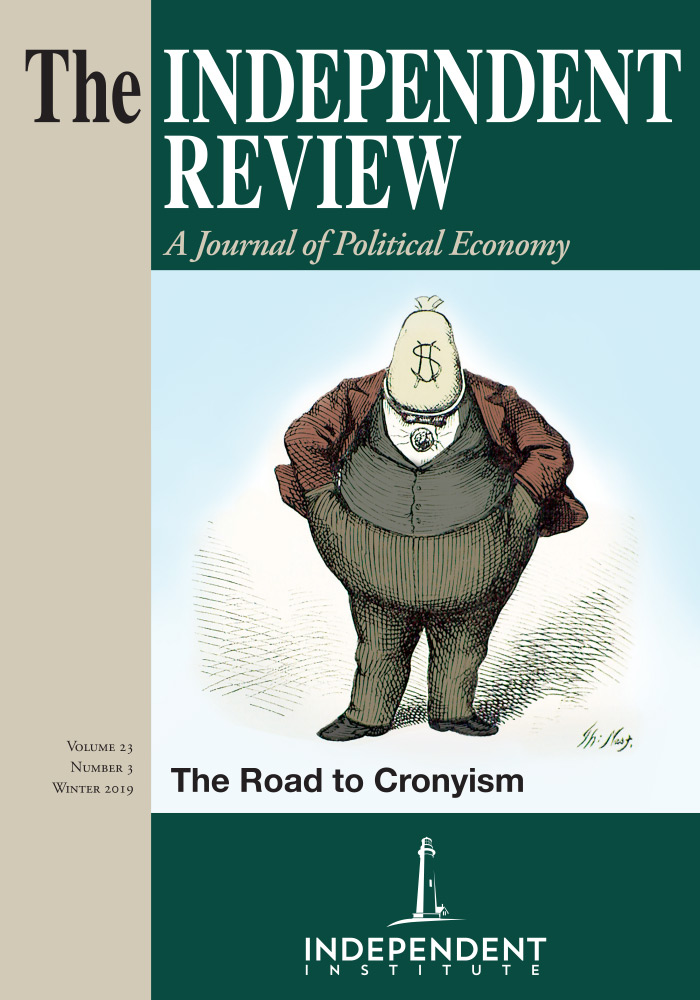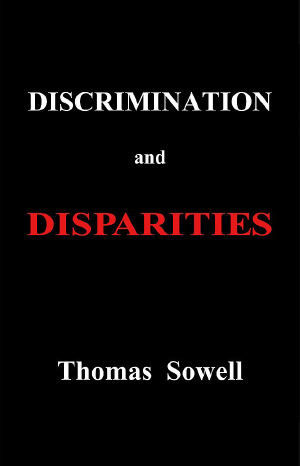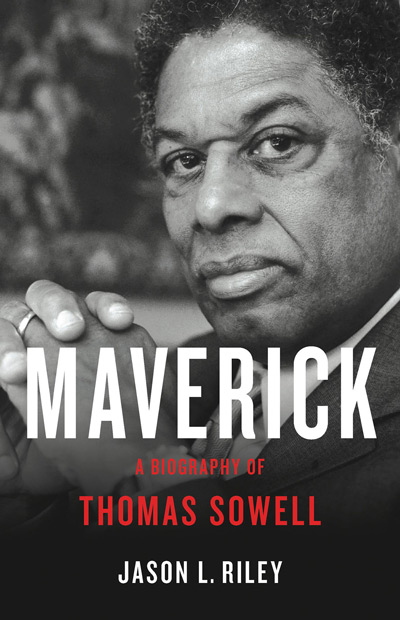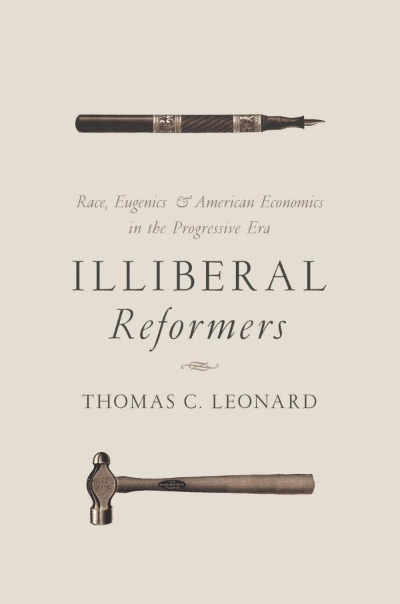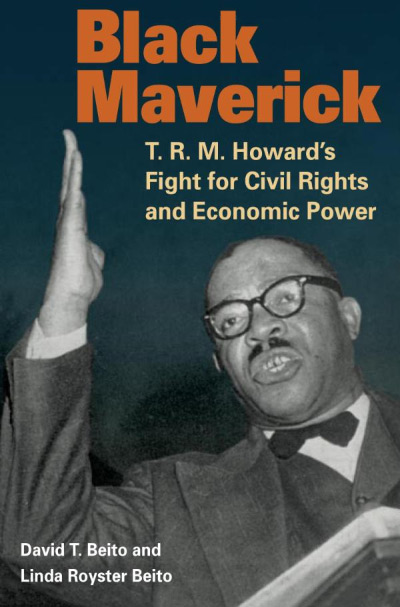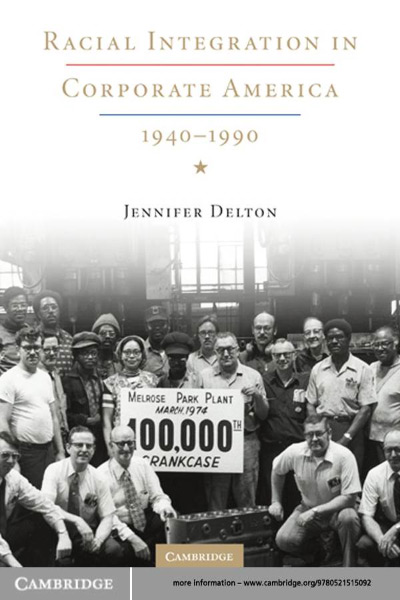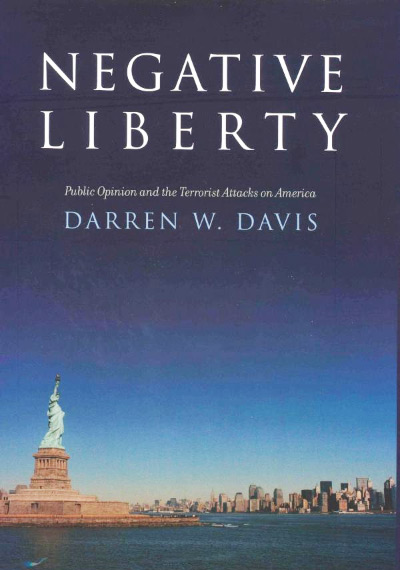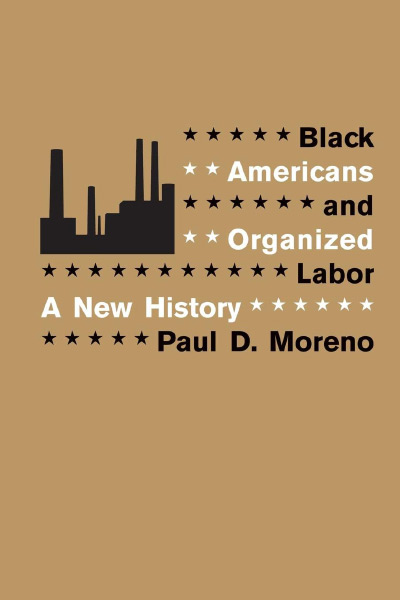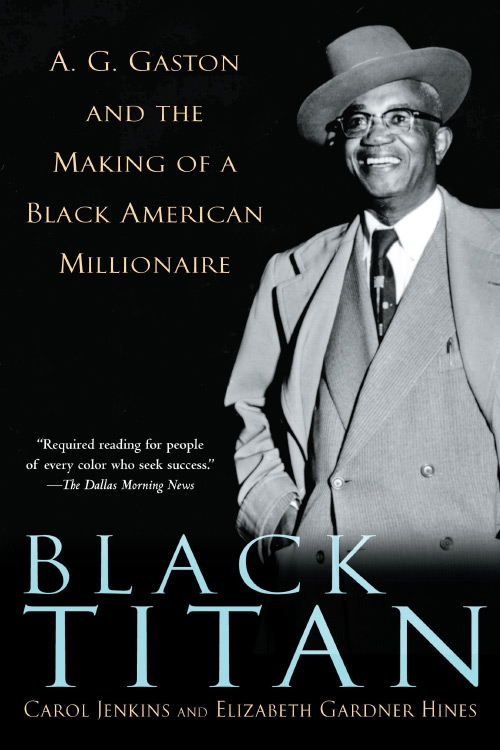Few things today are in such a state of intellectual disarray as discussions about the relationship between discrimination and social-process outcomes. Deliberation and debate on this issue has been warped by demagoguery to such a degree that basic terms are commonly used to indicate their complete opposite. Indeed, as I sit down to write this review, I have just read an article about the testimony of the Dean of Admissions at Harvard University, regarding accusations that the university engages in discrimination against Asian-Americans (“Harvard Gatekeeper Reveals SAT Cutoff Scores Based on Race,” New York Post, 17 October 2018). The Dean testified that Harvard sends recruitment letters to applicants of different races using different cut-off scores for their SATs —i.e., applicants of Asian descent need a higher SAT score than white applicants, who need a higher score than black applicants. “That’s race discrimination, plain and simple,” said the lawyer cross-examining the Dean. “It is not,” the Dean insisted.
That little exchange, and the broader legal case, roughly captures the neo-Marxist thinking that prevails in the Western world right now: depending on whose ox is to be gored, discrimination can be inferred solely from disparities in outcome, or it can be denied flat-out, even while juxtaposed with an explicit admission of calculated disparity of treatment. On this topic, clarification of basic principles is urgently needed, and this new book by renowned economist Thomas Sowell is a valuable addition to this field. In his present work, Sowell takes on what he calls “the invincible fallacy,” which holds that outcomes of social processes would be equal, subject only to statistical randomness, if not for disparate treatment or underlying innate differences. (Statisticians will recognize this fallacy as a particular manifestation of the broader fallacy of confusing correlation with cause—cum hoc ergo propter hoc.) According to Sowell, “[t]his preconception, which spans the ideological spectrum, is in utter defiance of both logic and empirical evidence from around the world, over millennia of recorded history” (pp. 100-101).
Sowell is the preeminent social theorist writing on the topic of race and discrimination today. He has written a large number of compelling works relating to discrimination, affirmative action, race relations, economics and history, and these works stand as the corpus of a compelling view of human relations. Readers familiar with Sowell’s other works will recognize that he has previously identified this fallacy in many of his books, both when discussing ideologies propounding racial supremacy, and also when discussing ideologies encouraging equality of outcome. In the present work, he ties together his analysis of economic theory and empirical evidence on this topic, in regard to the latter ideology.
Chapter 1 examines how prerequisites for success in various endeavors often hinge on a combination of skills and choices, or prerequisites that are peculiar to a particular endeavor. Sowell argues that this leads naturally to highly skewed outcomes, even for groups with relatively small variations in individual abilities. Since outputs of one social process are inputs to another, Sowell traces this process through to show why large disparities in outcome are so common. He presents empirical evidence illustrating disparities in outcomes in social processes and natural processes, many of which allow no plausible causal role for disparity of treatment. Readers will learn about longitudinal studies of people with high IQs, studies of disparities in outcomes based on birth-order, and other interesting empirical evidence. This evidence is examined first at the level of individuals, then at the level of institutions and countries, and finally at the level of broader natural processes. In the last case, readers may be surprised to learn that eight times as many species of fish have been identified in a small basin of the Amazon river than in all the rivers of Europe (p. 17)!
Chapter 2 sets out a typology of discrimination—following its analysis in economic literature—and looks at types of discrimination and their attendant costs on decision-makers and decision-subjects. Sowell distinguishes between three types of discrimination: using known individual characteristics (Discrimination 1a); predicting unknown individual characteristics from observed group characteristics (Discrimination 1b); and arbitrary discrimination that ignores the individual characteristics of the decision-subject altogether (Discrimination 2). Although Sowell uses his own terminology, his analysis is consistent with economic theory in the broader literature; these latter categories are what economists call “statistical discrimination” and “economic discrimination.” In this chapter, Sowell observes that additional information can improve the decision-maker’s ability to determine individual characteristics—and thus shift from Discrimination 1b to Discrimination 1a—and this can be to the benefit of groups that have poor outcomes. He also points out that Discrimination 2 imposes costs on the decision-maker, but the costs can be removed or altered when the locus of decision-making is moved to third-party decision-makers. As an illustrative example of these issues, he points out that employers who use criminal background checks for all job applicants tend to hire more young black males than employers who do not, but notwithstanding this fact, the U.S. Equal Employment Opportunity Commission has sued employers for conducting background checks, alleging that this constitutes racial discrimination (pp. 24-25).
Chapter 3 examines the spacio-temporal distribution of groups in populations, and the spontaneous order that arises from self-sorting into (roughly) homogeneous groups. Sowell observes that humans tend to voluntarily sort themselves into groups that show remarkable similarities, even when there is a diaspora across whole continents. Distinct clumps of relatively homogenous populations are often obscured by broader shared characteristics, which hide some remarkable similarities. Typical of these findings is that, “In the Australian city of Griffith, in the years from 1920 to 1933, 90 percent of Italian men who had emigrated from Venice and gotten married in Australia married Italian women who had also emigrated from Venice” (p. 52). Reading this chapter gives one a sense of human society as a kind of “fractal” pattern, with recursive patterns of inequality and clustering repeating themselves at different levels of scale, and even at quite small scales. Again, Sowell examines the consequences of third-party intervention when people are “unsorted” by third-party decision-makers, and argues that this shifts costs and causes social problems.
Chapter 4 of the book looks at various methods of statistical trickery used to hide or obscure empirical evidence that would disassociate discrimination and disparities in outcomes. This includes the selective reporting of groups disparities, biased methods of aggregation of outcomes (e.g., reporting on household income instead of individual income), failure to account for time and age in comparisons of people, failure to account for turnover of people in income brackets and other outcome-based groups, failure to compare outcomes to a proper baseline, and various other forms of error, bias, or outright skullduggery. This part of the book is something Sowell has written about at length in his other works. Readers who are new to Sowell’s writing will find it worthwhile, but those who have read his other works can skip this part without significant loss. Although this chapter augments the discussion of discrimination and disparities, it relates not to the nature of these phenomena per se, but rather to the demagoguery and sophistry that surrounds these issue in academia, the media, and politics.
Chapter 5 ends the book by looking at the destructive human consequences wrought by “the invincible fallacy” and its attendant social vision. Sowell identifies several key institutions corrupted by this kind of thinking, and looks at what happens when the prevailing social vision seeks to equalize outcomes via third-party intervention. Sowell argues that the legal notion of “disparate impact” in anti-discrimination law arises as a result of this fallacy, and corrupts the law by reversing the presumption of innocence. He observes that attempts to ensure that student disciplinary measures are applied proportionately to all race groups in education leads to declining discipline in classes where it is most needed, and this causes children to lose their opportunity for a good education. He discusses other particular social problems and the general implications of inculcating people with the view that their unfavorable outcomes are attributable to the bigotry of others. Sowell critiques various proposed “solutions” to disparities of outcome, and points out deficiencies in these ideas. He ends his book with a look back into the past, and exhorts his reader to avoid stoking the fires of past animosities, and instead look towards practical ways of improving the future.
This is an excellent and timely book, written in the clear accessible style that is standard for this writer. Sowell is the master of building up a compelling case via the slow drumbeat of empirical evidence, presented in a dispassionate clinical tone, and summarized at the end with piercing understatement. Scholarly readers can have recourse to detailed notes of sources, and will be interested to follow-up on some of the interesting studies cited in the book. The general reader will find that the writing flows easily, without pedantic academic distractions, and gives a clear and compelling thesis, with much food for later thought. The greatest strength of this book is that it zeroes in on the basic fallacy that underlies and drives the growing irrationality and recklessness of discourse on race and sex in the West today. By devoting a work specifically to the relationship between discrimination and disparities in outcomes, Sowell goes to the root of the issue and seeks to restore sanity.
| Other Independent Review articles by Ben O’Neill | |
| Fall 2011 | A Critique of Politically Correct Language |
| Spring 2009 | The Antidiscrimination Paradigm: Irrational, Unjust, and Tyrannical |

